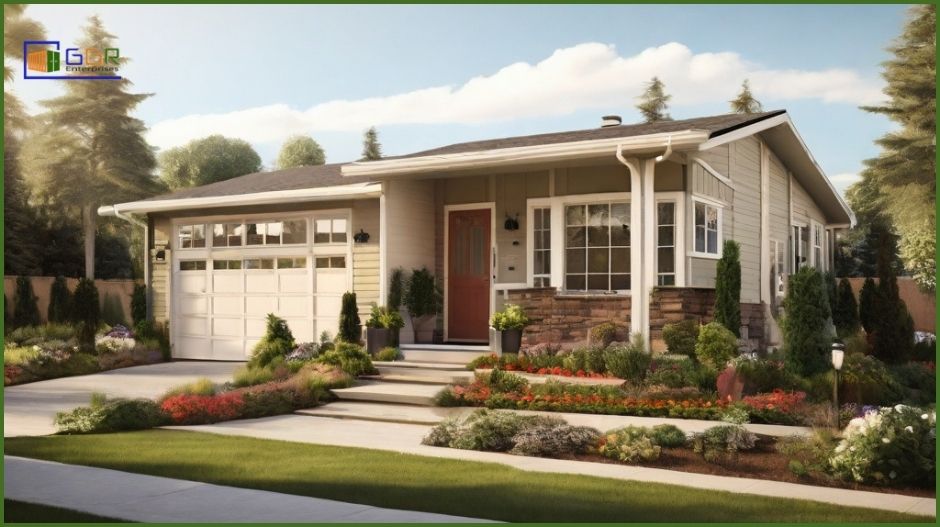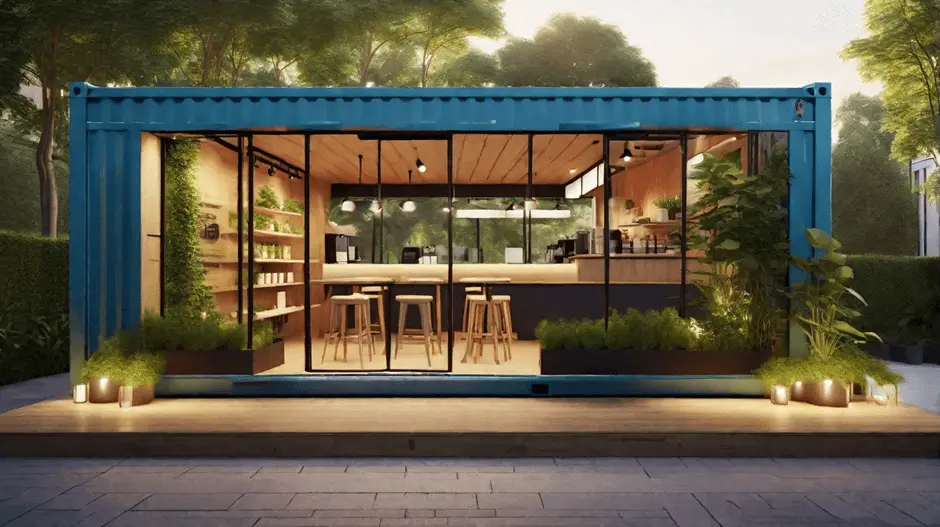
What Is A Manufactured Home?
The housing sector has undergone a significant transformation in the past few years with modular construction being one of the most important revolutionary advancements. One of the most talked about topics in the real estate industry today is manufactured home and how they are changing the way we view housing. Modular (or prefabricated) homes are manufactured in a controlled industrial environment, then moved to the site and assembled. Unlike traditional traditional-built homes, prefabricated homes are assembled in separate components or modules and then linked together on-site.
manufactured home vs regular home
The main difference between manufactured homes and regular homes is the high accuracy and speed at which they are constructed. Using the latest technology and computer-aided design, these homes are built by high standards of quality and accuracy that are nearly impossible to achieve with conventional construction techniques. Manufactured homes have the advantage of production speed. As they are constructed in a factory, there are no weather delays or other external factors that can slow construction progress. This in itself guarantees a shorter timeline because each part can be built and put together at the same time and on-site.
How Manufactured Housing is Made
In addition to this, manufactured home provide a greater degree of flexibility as far as their design and customization are concerned. Although some people think that modular homes do not possess distinctive features, the reality is quite different. Today, manufacturers have a wide variety of floor plans, finishes, and architectural styles to satisfy different tastes and preferences. From the modern to the traditional, the possibilities can be found, hence manufactured homes are the versatile choice of homeowners. In addition to their design flexibility, manufactured home also boast superior energy efficiency. With advancements in insulation and construction techniques, these homes are designed to minimize energy waste and reduce utility costs. Additionally, since modules are built with precision, there are fewer gaps and seams, resulting in tighter insulation and improved thermal performance.
Manufacturing homes are more environmentally friendly than traditional construction processes. These residences are built by strict building norms and regulations, ensuring the use of ecologically friendly materials and resources. Furthermore, the industrial environment in which these homes are created is better controlled, resulting in less material waste, making manufactured homes a greener option for the environmentally conscious homeowner.
Understanding the Difference and Benefits of Manufactured Homes
Unlike common belief, manufactured homes are not the same as mobile homes. Mobile homes can be moved from one location to another, but manufactured homes are built on a foundation and intended to be permanent structures. This ensures stability and longevity on par with stick-built homes, making the house a long-term investment for the owners. When the need for inexpensive housing remains steady, modular homes may be the solution. With their competitive pricing, faster building time, and high construction standards, these homes are a good choice for first-time home purchasers and those seeking an economical housing option without compromising quality.
Advantages and disadvantages of manufactured home
Advantages:
- Affordability: Manufactured homes are significantly cheaper than traditional new homes.
- Construction speed: These Homes may be built in a significantly quicker time.
- Easy maintenance: Conventional parts allow any broken parts to be easily replaced, and manufacturers typically provide warranties.
Disadvantages:
- Limited equity growth: Manufactured houses typically lose value over time, making them less practical for buyers looking to invest in a long-term property.
- Limited financing options: Compared to traditionally built homes, prefabricated homes have fewer financing options.
- Lack of customization: Due to design limits, it is difficult to change or update manufactured homes. The real homes are not even visible!
- Limited space: Manufactured homes often do not have the same size of living space and storage as traditional homes.
Manufactured Homes vs Container Homes
1. Understanding Manufactured Homes:
The manufactured homes also referred to as the prefab homes, are produced in factories from where they are transported to the site for installation. These houses must be constructed by strict regulations and building codes, which guarantee quality and safety. In addition to the affordability factor, manufactured homes can be customized to cater to individual needs. They can be built with various floor plans and finishes. They have the advantage of a short construction period and savings in terms of cost compared to traditional site-built homes.
2. Container Homes:
Container homes are another green building option. The shipping containers serve as building blocks. These steel structures are decommissioned, but instead of being recycled, they are modified and used as a base for habitation. A container home is acclaimed for its environmental friendliness since upcycled containers are a lot less waste than traditional buildings made of wood, concrete, bricks, and other materials. These homes can be made very customizable indeed and a very contemporary, minimalist look is typically seen as an accompaniment to them. They present a new accommodation option for those trying to reduce their environmental footprint and who seek to live off the grid.
3. Sustainable Housing Options:
On the one hand, manufactured homes and container homes have given a boost to this environmental issue, and on the other, they are still struggling to get acceptance as a type of home. The efficiency of factory production is the base of the low material waste and energy consumption that these houses feature. Also, their construction features facilitate the design of more insulating and energy-efficient modules. Residents can take steps to use renewable energy systems, like solar panels and rainwater harvesting, that ultimately help save the environment and their utility costs.
4. Affordability and Customization:
Certainly, the two main benefits of both manufactured and container homes are their cheaper costs than conventional construction. The manufacturing of mobile homes is mostly done in an assembly line, which helps to lower the costs of their initial purchase, as does the process of re-using old shipping containers into container homes
5. Overcoming Limitations:
Besides the advantages of both manufactured and shipping container Homes, it is necessary to recognize their drawbacks too. Manufactured houses may have zoning issues in some localities, preventing them from being located in specific areas. While container homes have the advantage of being easy to move, they may require additional on-site alterations to preserve structural integrity and comply with local building requirements. Engaging with developers and municipalities could help to resolve these concerns.
conclusion
manufactured homes, otherwise known as modular homes, are transforming the housing industry. Precise construction, customized designs, energy efficiency, and sustainability features are integrated into these homes to provide a comfortable and affordable alternative to traditional homes. The fact that an increasing number of individuals and families are choosing manufactured homes highlights the fact that modular building is becoming a force to be determined within the way we live and how homeownership is being redefined in the twenty-first century.
